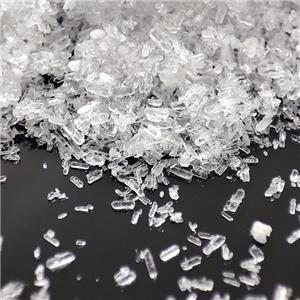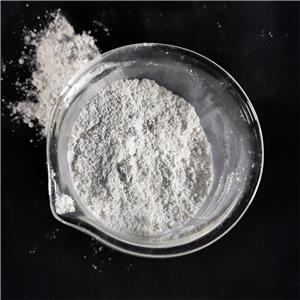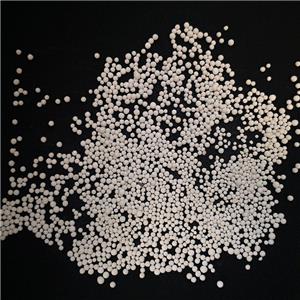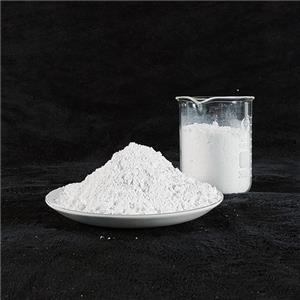How does antimony trioxide work as flame retardant?
The Guardian of the Flame-Resistant: How Antimony Trioxide Works
I. A Lone Warrior? Antimony Trioxide is Not a Standalone Flame Retardant
A crucial point must be clarified first: Pure antimony trioxide has very limited flame retardant effectiveness on its own. Its exceptional performance is primarily demonstrated through a synergistic effect with halogenated flame retardants. These halogen-based compounds, common in plastics (like PVC, ABS, polypropylene) and rubber, contain elements such as chlorine or bromine.
The powerful flame-retardant "combo" is activated only when antimony trioxide is used with halogen-containing materials, and its core mechanism of action takes place in the gas phase during combustion.
II. The "Four-Step" Process of Synergistic Flame Retardancy
When exposed to an external fire source, a material containing both antimony trioxide and a halogenated flame retardant undergoes the following key steps:
Step 1: Decomposition and "Transport"
The halogenated flame retardant in the material decomposes under heat, releasing hydrogen halide gas (e.g., HCl, HBr). Simultaneously, the antimony trioxide reacts with this hydrogen halide gas to form antimony trihalides. This is the pivotal "key reaction."
Chemical Equation:
Sb₂O₃ + 6HX → 2SbX₃ + 3H₂O
(Where X represents a halogen like Cl or Br)
Step 2: The "Smothering" Effect in the Gas Phase
The generated antimony trihalides volatilize at high temperatures and enter the flame zone. In the gas phase, antimony trihalides are highly effective at scavenging the highly reactive free radicals essential for combustion, such as hydrogen atoms (H·) and hydroxyl radicals (OH·).
Normal Combustion Chain Reaction: Fuel + ·OH → ... + Heat (Flame sustains)
Intervention by Antimony Trihalide: SbX₃ + ·H → SbX₂ + HX
SbX₂ + ·H → SbX + HX
SbX + ·H → Sb + HX
·H + ·OH → H₂O
Through these reactions, antimony trihalides act like a "sponge," absorbing the crucial free radicals that sustain the flame, significantly reducing the flame's energy and reaction rate, thereby smothering the flame. This is its primary flame retardant mechanism.
Step 3: Endothermic Cooling and Dilution
The aforementioned decomposition and reaction processes are endothermic, meaning they absorb a significant amount of heat from the surroundings. This cools the condensed phase (the plastic itself), slowing its thermal decomposition. Furthermore, the water vapor and non-combustible gases (e.g., HX) generated dilute the concentration of flammable gases, further suppressing combustion.
Step 4: Physical Barrier in the Condensed Phase
During the later stages of combustion, antimony trioxide and its reaction products can also help promote the formation of a dense char layer on the material's surface. This char layer acts as a physical barrier, insulating the internal material from heat and oxygen and preventing internal flammable volatiles from escaping, effectively "pulling the fuel from the fire."




